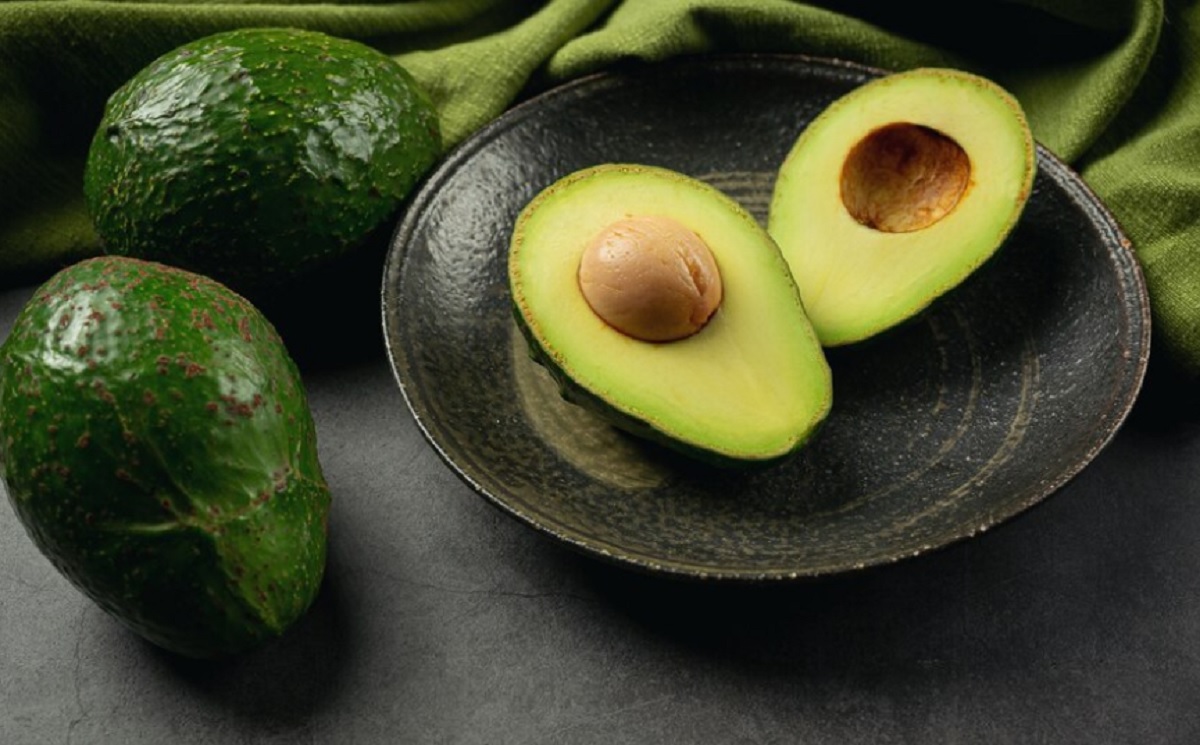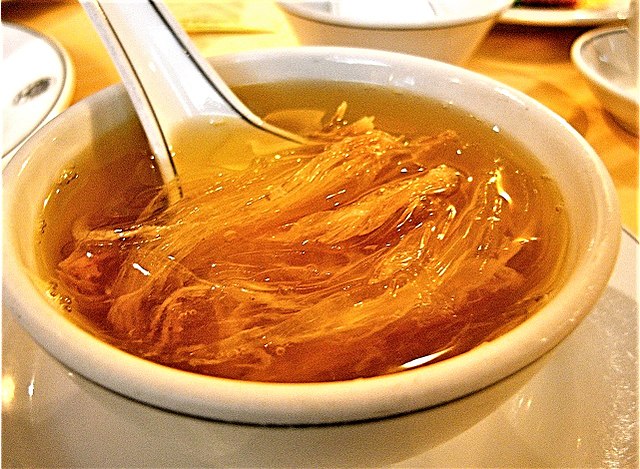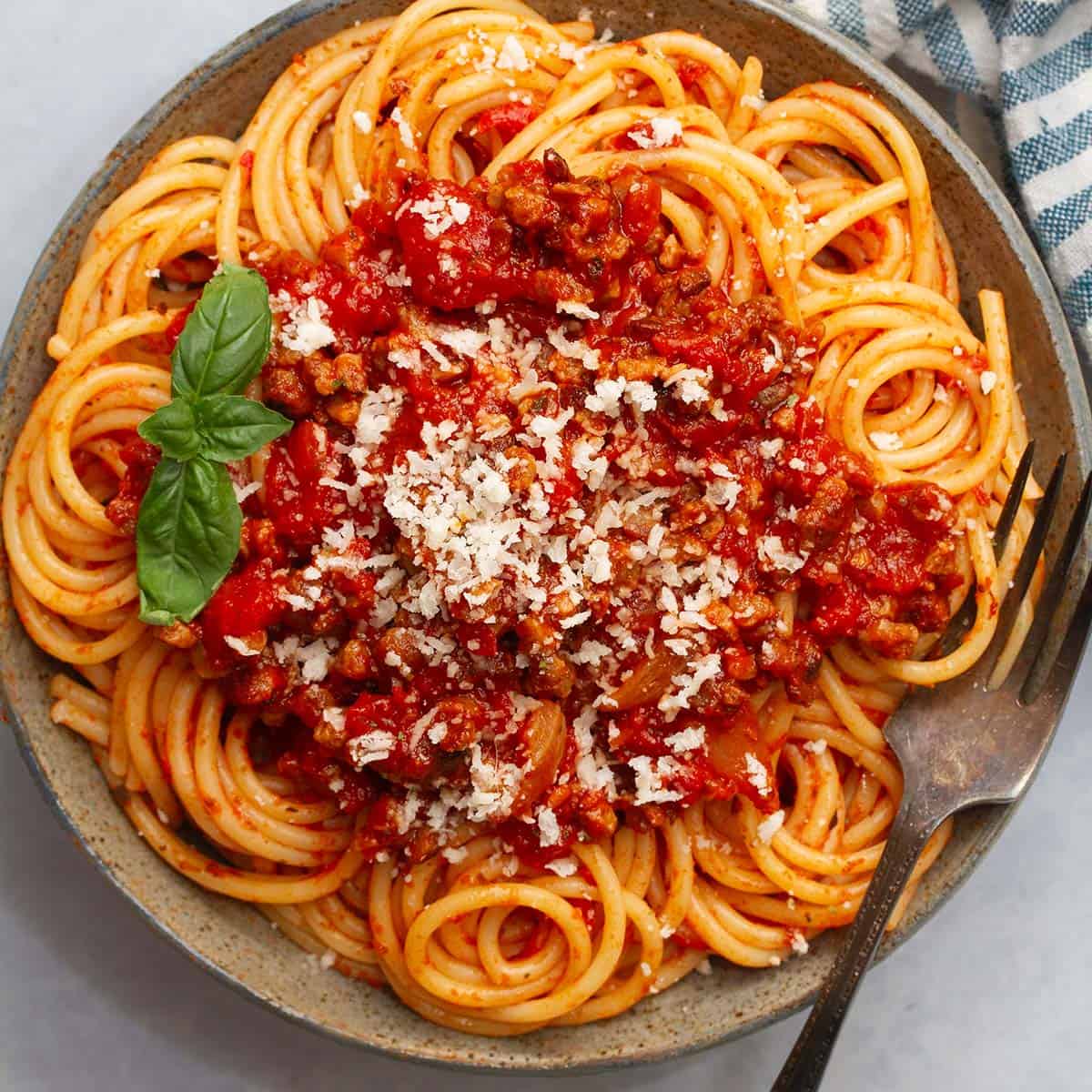

Are you looking to take control of your cholesterol levels and improve your heart health? Well, you’re in the right place! Understanding how to lower bad cholesterol through simple dietary changes can make a world of difference. In this blog post, we’ll dive into the key foods that can help you achieve healthier cholesterol levels while still enjoying delicious meals. Let’s explore together and discover some tasty ways to support your well-being!
Understanding Cholesterol and Its Impact on Health
Cholesterol is a waxy substance found in your blood that is essential for building cells and producing hormones. It’s categorized into two main types: low-density lipoprotein (LDL) cholesterol, often referred to as “bad” cholesterol, and high-density lipoprotein (HDL) cholesterol, known as “good” cholesterol. Bad cholesterol can build up in the walls of your arteries, leading to blockages that increase the risk of heart disease and stroke.
Maintaining a healthy balance between LDL and HDL cholesterol levels is crucial for overall cardiovascular health. While some amount of cholesterol is necessary for bodily functions, too much bad cholesterol can be harmful. Factors like genetics, diet, exercise habits, and lifestyle choices all play roles in determining your cholesterol levels. Regular screenings can help monitor your cholesterol levels and identify any potential concerns early on. By understanding the impact of cholesterol on your health, you can take proactive steps to keep it in check through proper nutrition and lifestyle adjustments.
The Difference Between Good and Bad Cholesterol
Understanding the difference between good and bad cholesterol is essential for maintaining a healthy heart. Good cholesterol, also known as HDL (High-Density Lipoprotein), helps remove excess cholesterol from the bloodstream, preventing plaque buildup in the arteries. On the other hand, bad cholesterol, or LDL (Low-Density Lipoprotein), can lead to clogged arteries and an increased risk of heart disease.
While it’s important to have some amount of both types of cholesterol in the body, having high levels of LDL can be harmful. Bad cholesterol tends to stick to artery walls, forming plaques that narrow blood flow and increase the likelihood of cardiovascular issues. In contrast, good cholesterol works by carrying excess cholesterol back to the liver for processing and elimination from the body. By focusing on lowering bad cholesterol through dietary changes and lifestyle modifications, you can help reduce your risk of heart disease and improve overall health.
Why Lowering Bad Cholesterol is Important
Having high levels of bad cholesterol, also known as LDL cholesterol, can increase the risk of heart disease and other health issues. When LDL cholesterol builds up in the arteries, it can lead to blockages that restrict blood flow to vital organs like the heart and brain.
Lowering bad cholesterol is crucial for maintaining good cardiovascular health. By reducing LDL levels, you can decrease the chances of developing serious conditions such as atherosclerosis, heart attacks, and strokes. Making lifestyle changes like adopting a healthier diet and exercising regularly can help keep your cholesterol in check. Taking steps to lower bad cholesterol not only benefits your physical well-being but also contributes to overall longevity and quality of life. It’s essential to prioritize healthy habits now to prevent potential health complications down the road.
Top Foods to Include in a Cholesterol-Lowering Diet
When it comes to lowering bad cholesterol, incorporating the right food into your diet can make a significant impact on your overall health. Here are some top foods that you should consider including in your cholesterol-lowering meal plan:
1. Oats: Start your day with a bowl of oatmeal as it contains beta-glucans, which help reduce cholesterol levels.
2. Fatty Fish: Salmon, mackerel, and sardines are rich in omega-3 fatty acids that can lower triglycerides and increase good cholesterol.
3. Nuts: Almonds, walnuts, and pistachios are packed with healthy fats, fiber, and plant sterols that promote heart health.
4. Olive Oil: Opt for olive oil instead of butter or margarine for cooking to benefit from its monounsaturated fats.
By incorporating these foods into your daily meals, you can take proactive steps towards improving your cholesterol profile and promoting better heart health.
Recipes Using Cholesterol-Friendly Ingredients
If you’re looking to incorporate more cholesterol-friendly ingredients into your diet, there are plenty of delicious recipes to try. One option is a hearty oatmeal bowl topped with fresh berries and a sprinkle of flaxseeds for added fiber and omega-3 fatty acids. For lunch or dinner, consider making a grilled salmon salad with leafy greens, avocado slices, and a drizzle of olive oil. Salmon is rich in heart-healthy fats that can help lower bad cholesterol levels.
Another tasty idea is to whip up a vegetable stir-fry using colorful bell peppers, broccoli florets, and lean protein like tofu or skinless chicken breast. Stir-fries are quick to make and allow you to pack in lots of nutrient-rich veggies. For dessert, opt for a refreshing fruit salad with citrus fruits like oranges and grapefruits which are high in soluble fiber known for reducing LDL cholesterol. Top it off with some chopped nuts for added crunch and healthy fats.
Other Lifestyle Changes to Lower Bad Cholesterol
In addition to incorporating cholesterol-friendly foods into your diet, making certain lifestyle changes can further help lower bad cholesterol levels. Regular physical activity is key – aim for at least 30 minutes of exercise most days of the week. This could be as simple as taking a brisk walk or cycling around your neighborhood.
Maintaining a healthy weight is also crucial in managing cholesterol levels. Excess weight can contribute to high LDL cholesterol and lower HDL cholesterol, increasing the risk of heart disease. By focusing on portion control, eating balanced meals, and avoiding sugary drinks and excessive sweets, you can support your overall health goals.
Reducing stress through techniques like mindfulness meditation or yoga may also have a positive impact on your cholesterol levels. Stress hormones can elevate LDL cholesterol production in the body, so finding ways to relax and unwind is beneficial for both mind and body.
Conclusion
Incorporating cholesterol-friendly foods into your diet and making lifestyle changes can have a significant impact on lowering bad cholesterol levels. By focusing on whole grains, fruits, vegetables, nuts, seeds, and lean proteins while reducing saturated fats and processed foods, you can take proactive steps towards improving your heart health.
Remember that managing cholesterol is a lifelong journey that requires commitment and consistency. Consult with a healthcare professional or nutritionist to create a personalized plan that suits your individual needs. With dedication to a healthy diet and lifestyle modifications, you can work towards achieving optimal cholesterol levels for better overall health and well-being. Start making small changes today for a healthier tomorrow!






